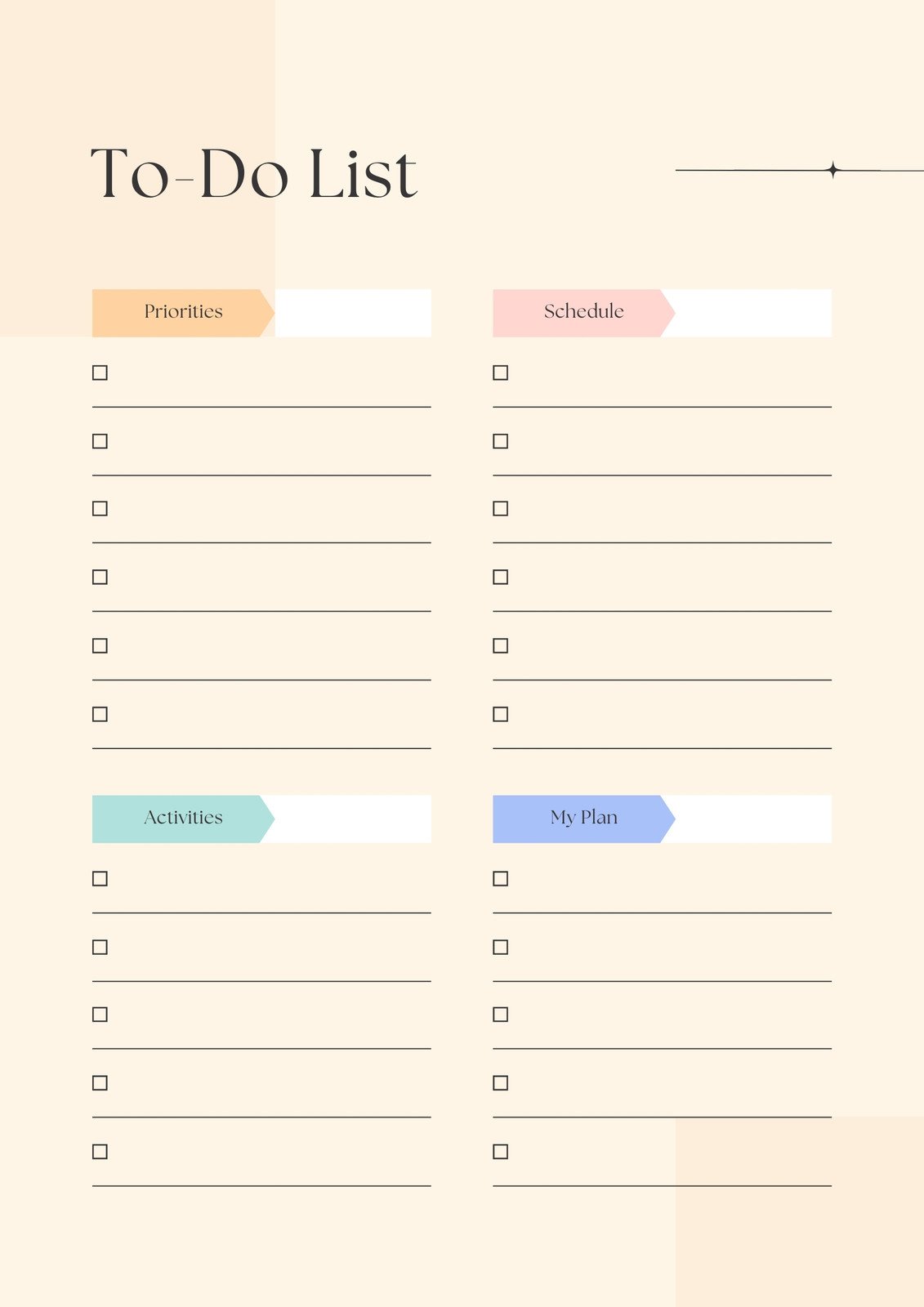Many people find themselves curious about the collection of writings that make up the New Testament. It's a foundational part of Christian faith and, for quite a lot of people, a significant piece of human history and literature too. You might be wondering what books are actually in there, or perhaps how they all fit together. It's a big topic, in a way, but we can certainly make sense of it together.
When you think about it, these writings have shaped cultures and inspired countless individuals across centuries. They tell stories, offer teachings, and share perspectives that have resonated with many different kinds of people for a very long time. It's not just a religious document for some; it's also a record of early beliefs and practices, which is quite interesting, you know.
So, if you have ever felt a pull to explore this ancient collection, or simply wish to get a clear picture of what comprises the list New Testament books, you are absolutely in the right spot. We will walk through the components, talk about their arrangement, and even touch upon some other writings that did not quite make the final selection. Basically, we are going to look at the whole picture, at the end of the day.
- Who Is Kid Rocks Dad
- Megan Fox Kids
- Nba Top Centers Of All Time
- Full Blood Is Thicker Than Water
- Queen Khamyra Age
Table of Contents
- What Makes Up the New Testament Collection?
- Getting to Know the List New Testament Books
- Why Do We Have These Specific Books?
- The Journey of the List New Testament Books
- How Are the Books Organized in the List New Testament Books?
- Grouping the List New Testament Books
- Are There Any Books That Didn't Make the List?
- What About Other Writings Beyond the List New Testament Books?
What Makes Up the New Testament Collection?
The New Testament is a collection of twenty-seven separate writings. These writings are not all the same kind of text; they actually include a variety of literary forms. You have historical accounts, letters, and a book that speaks of visions and future events. It's quite a diverse group, which is interesting, really. Each piece contributes something unique to the overall message and story. They were written by different people, in different places, and at different times, which adds to their richness. The texts were originally composed in Koine Greek, a common form of the Greek language spoken during that period. So, you know, they have a very long history.
Getting to Know the List New Testament Books
Let's get down to the actual list. Knowing the names of these books can be helpful, especially if you are looking to explore them or understand discussions about them. There are four accounts of Jesus's life and teachings, often called Gospels. Then you have a book that tells about the early days of the Christian movement. After that, there are many letters, written to various communities and individuals. Finally, there is one book that stands alone with its symbolic language. Here is a pretty complete list New Testament books, in the order they usually appear:
- Matthew
- Mark
- Luke
- John
- Acts
- Romans
- 1 Corinthians
- 2 Corinthians
- Galatians
- Ephesians
- Philippians
- Colossians
- 1 Thessalonians
- 2 Thessalonians
- 1 Timothy
- 2 Timothy
- Titus
- Philemon
- Hebrews
- James
- 1 Peter
- 2 Peter
- 1 John
- 2 John
- 3 John
- Jude
- Revelation
So, that's the full collection, basically. Each one offers a different window into the beliefs and early experiences of those who followed Jesus. It's quite a comprehensive set of documents, you know, when you think about it.
- Garden Party Chic Mens
- Latisha Pelayo Biography
- Venezuela Ecuador
- Single Game Receiving Yards Record
- Joker And Harley Quinn Sayings
Why Do We Have These Specific Books?
It's a really good question why these particular twenty-seven writings made it into the New Testament collection and others did not. The process was not something that happened overnight or with a single decision. It was a gradual development over several centuries, involving a lot of discussion and agreement among early Christian communities. They looked for writings that were widely accepted, believed to be from an apostle or someone closely connected to an apostle, and consistent with the teachings that had been passed down. It was a careful process, actually, that involved a good deal of thought and community consensus over time. They were, in a way, looking for what they felt was authentic and truly reflective of the early faith.
The Journey of the List New Testament Books
The journey of how this specific list New Testament books came to be recognized is quite interesting. In the very early days, different Christian groups used various writings. Some letters from Paul, for example, were circulated pretty widely quite early on. The four Gospels also gained popularity relatively quickly. Over time, as the Christian movement grew and spread, there was a need to define what constituted their authoritative writings. This was partly to distinguish their beliefs from other groups that had different ideas or texts. So, in some respects, it was about establishing a clear set of foundational documents. By the end of the fourth century, the current twenty-seven books were widely accepted across most Christian communities, though there were still some minor disagreements here and there. This was not a top-down decision, but more of a recognition of what was already being used and respected by the broader community, you know, as a matter of fact.
How Are the Books Organized in the List New Testament Books?
The way the New Testament books are arranged is not chronological, meaning they are not put in the order they were written. Instead, they are grouped by their type or content, which helps people understand their purpose and place within the larger collection. This kind of organization makes it a bit easier to find what you are looking for, whether it's a story about Jesus, a letter of instruction, or a prophetic vision. It's a pretty logical arrangement for reading and study, basically. The grouping helps to give a clear structure to the entire collection of writings, so, you know, it makes sense when you look at it.
Grouping the List New Testament Books
The list New Testament books falls into several distinct categories. First, you have the Gospels, which are the four accounts of Jesus's life, teachings, death, and resurrection: Matthew, Mark, Luke, and John. These are typically placed at the very beginning. Next comes Acts of the Apostles, which tells the story of the early Christian community after Jesus's departure. After that, you find the Epistles, or letters. The majority of these are attributed to the Apostle Paul, like Romans, Corinthians, Galatians, and so on. These letters offer guidance, encouragement, and instruction to various churches and individuals. Then there are the General Epistles, written by other figures like James, Peter, John, and Jude, which are addressed to a wider audience. Finally, the collection concludes with the book of Revelation, a book of prophecy and symbolic visions. This structure, you know, helps readers understand the flow of the story and the different kinds of messages contained within these writings. It's a really thoughtful way to present such a diverse collection of texts.
Are There Any Books That Didn't Make the List?
Yes, there are indeed other writings from the early Christian period that did not become part of the New Testament. These are often called "apocryphal" or "non-canonical" texts. They include other gospels, acts, letters, and apocalypses, just like the books that made it in. Some of these writings were popular in certain areas for a while, and some contain interesting stories or teachings. However, for various reasons, they were not widely accepted by the broader Christian community as being authoritative or inspired in the same way as the twenty-seven books we discussed. It's a bit like having many different accounts of a historical event, but only some are considered truly reliable or widely agreed upon, you know. These other texts still exist and can be studied, but they are not part of the standard collection.
What About Other Writings Beyond the List New Testament Books?
When people talk about the list New Testament books, they are specifically referring to the twenty-seven accepted writings. However, the existence of other early Christian writings is a fascinating area of study for many scholars and curious individuals. Texts like the Gospel of Thomas, the Gospel of Mary, or the Acts of Paul and Thecla offer different perspectives or additional stories that were circulating in early Christian circles. They might provide insights into the diversity of early Christian thought, or they might simply be stories that did not align with the core beliefs that became widely accepted. The reasons for their exclusion varied; sometimes, their authorship was questioned, or their content was seen as inconsistent with established teachings. So, in short, while they are not part of the official collection, they do exist and provide a wider view of the religious landscape during those early centuries. It's pretty interesting to see what else was out there, to be honest.
So, we have gone through the components of the New Testament, looked at the specific books that make up this important collection, talked a little about how they were chosen, and explored how they are organized. We also touched upon some of the other writings that were around but did not become part of the official list. This hopefully gives you a clearer picture of the New Testament and its structure.
- Forgotten 70s Bands
- How Old Are The Ninja Kidz Now
- You Are An Amazing Man Quotes
- Lemon Ginger Tea And Pregnancy
- Latisha Pelayo Biography


